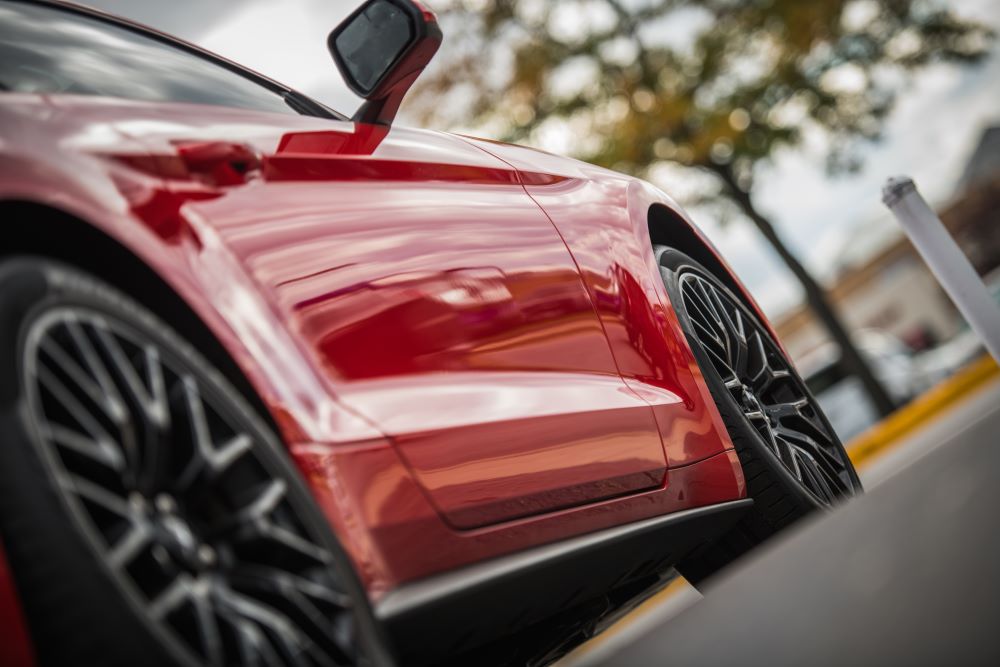9000+ Cashless Garages
96% Claims Settled (FY 24-25)

Accessibility Options

General

General Products
Simple & Transparent! Policies that match all your insurance needs.


37K+ Reviews
7K+ Reviews
Scan to download

Life

Life Products
Digit Life is here! To help you save & secure your loved ones' future in the most simplified way.


37K+ Reviews
7K+ Reviews
Scan to download

Claims
Claims
We'll be there! Whenever and however you'll need us.


37K+ Reviews
7K+ Reviews
Scan to download

Resources
Resources
All the more reasons to feel the Digit simplicity in your life!
 Tools & Calculators
Tools & Calculators


37K+ Reviews
7K+ Reviews
Scan to download

37K+ Reviews
7K+ Reviews
Select Preferred Language
Our WhatsApp number cannot be used for calls. This is a chat only number.

Enter your Mobile Number to get Download Link on WhatsApp.
You can also Scan this QR Code and Download the App.
9000+ Cashless Garages
96% Claims Settled (FY 24-25)


Sorry!
We are facing some issue in processing your request.
We require some time to check & resolve the issue.

SP code link generated is expired or invalid, please connect with your RM

Do you know that the simplest way to determine your vehicle’s performance is its power-to-weight ratio! The heavier the load, the more power it takes to move the vehicle. Therefore, it is crucial for you to assess this factor before making a purchase.
In this piece, we will help you understand the power-to-weight ratio and explore its role in the dynamic world of automobiles.
In simple terms, the power to weight ratio is the measure of power output of the vehicle in relation to its body weight. It is usually expressed in tons or kilograms. Also, the higher the power to weight ratio is, the faster the vehicle will move. Hence, it is a great predictor of your vehicle’s performance.
You can calculate the power-to-weight ratio as given below:
Determine the power of the vehicle’s engine (horsepower). You can find this figure online or in the vehicle's owner's manual.
In the next step, determine the weight of the vehicle in the correct unit (tons or kilograms). This is crucial to match the power unit, that is, horsepower. For your reference, the curb weight is the vehicle’s weight, excluding the drivers and the passengers.
Finally, apply the power-to-weight ratio formula, which is power/ weight.
The power-to-weight ratio is a great metric for comparing the performance of different vehicles.
Here are some examples that will help you understand power to weight ratio in a better manner:
Power: 450 hp
Weight: 1505 kg
PWR: 0.299 hp/kg
A robust power-to-weight ratio indicates that the Dodge Viper is a high-performance sports car.
Power: 315 hp
Weight: 1430 kg
PWR: 0.22 hp/kg
This PWR perfectly balances this Honda racing car's power output and weight, indicating its high-performance aspect.
A vehicle’s power-to-weight ratio can be improved by reducing the vehicle’s weight and increasing engine power output. Here are some of the ways to achieve that!
Performance Air Filter: This increases the airflow to the engine, thus reducing engine workload.
Performance Exhaust System: Enhances power output by improving exhaust gas flow.
Performance Throttle Body: Improved air intake contributes positively to the power to weight ratio.
Forced Induction: This uses a supercharger to compress incoming air, thus producing more power during combustion.
ECU (Electronic Control Unit) Remapping: Optimizes engine control settings for better engine performance.
Thus, the power-to-weight ratio defines driving experiences, as it is the measure of the actual performance of the engine or power source. Be mindful of this metric and ensure that your vehicle is in top working order for the maximum performance output.
Explore Insurance Coverage for Your Vehicle